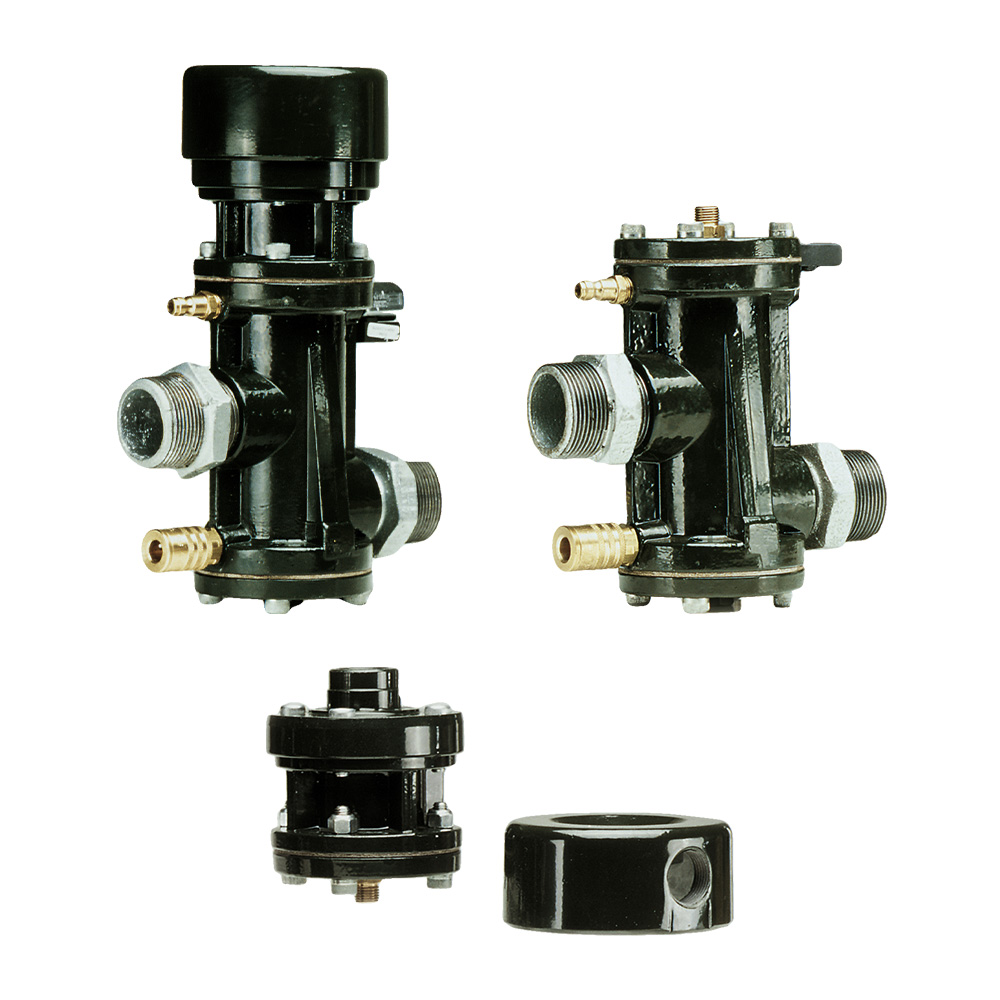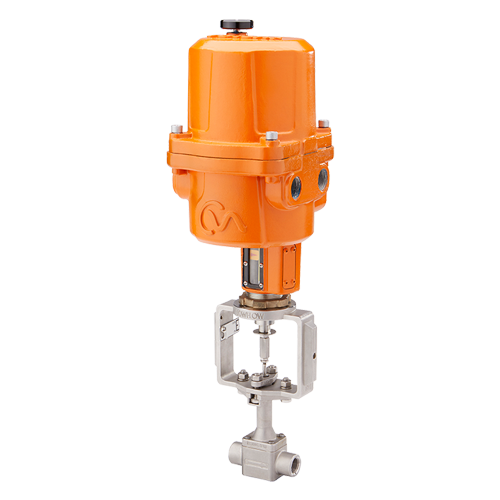Optimizing System Control with High-Performance Control Valves
Optimizing System Control with High-Performance Control Valves
Blog Article
Achieve Seamless Combination and Control With High Quality Building Automation Controls
In the realm of contemporary building monitoring, the value of top quality structure automation controls can not be overstated. As modern technology proceeds to advance, the assimilation and control of different systems within a building have actually developed to be extra efficient and innovative. The smooth procedure and monitoring of illumination, HVAC, safety and security, and other structure features have come to be critical for improving resident convenience, energy effectiveness, and total operational effectiveness. Nevertheless, the trip towards achieving true integration and control is a complex one, with considerations ranging from system compatibility to cybersecurity. Embracing high quality structure automation controls is not merely an issue of convenience however a calculated critical for companies intending to optimize their centers' efficiency and sustainability.

Development of Structure Automation Controls
Throughout the past few decades, the evolution of constructing automation controls has considerably changed the way buildings are taken care of and run. Developing automation systems primarily focused on basic features such as controlling heating, air flow, and air conditioning (HEATING AND COOLING) systems. As modern technology advanced, these controls have ended up being a lot more innovative, enabling for a wider variety of building systems to be integrated and taken care of centrally.
The advancement of constructing automation controls has actually seen a shift towards even more intelligent systems that can adapt to changing problems in real-time. This flexibility is essential for maximizing energy efficiency and making certain passenger comfort. Furthermore, modern-day structure automation controls now offer attributes such as anticipating maintenance, remote monitoring, and information analytics, making it possible for center managers to make data-driven choices to improve structure performance.

Advantages of Quality Integration
The advancement in building automation manages in the direction of even more intelligent systems has underscored the considerable benefits of quality assimilation in optimizing structure procedures and improving overall efficiency. Quality combination of developing automation controls uses a number of vital advantages. Firstly, it causes improved power performance by permitting various systems to collaborate effortlessly, making certain ideal performance and minimizing energy wastage. Quality combination boosts owner convenience and productivity by allowing customized control over environmental setups like temperature, air, and lights top quality. This personalization can lead to an extra comfortable and favorable working or living atmosphere. Additionally, top quality integration simplifies maintenance and fixing processes, as all systems are adjoined and can be kept an eye on and controlled from a centralized interface. This central control likewise provides much better visibility and insights into building performance, enabling proactive maintenance and optimization techniques. On the whole, the benefits of quality assimilation in building automation controls are obvious, supplying enhanced performance, comfort, and operational efficiency.
Improved User Experience and Accessibility
Enhancing customer interaction with structure automation controls through instinctive style and improved access boosts the total experience for occupants and facility managers alike. By concentrating on customer experience, building automation systems can end up being more user-friendly and reliable. Intuitive interfaces, clear navigation, and customizable settings encourage users to connect with the controls easily and effectively.
Ease of access features play an essential role in making sure that all people, including those with disabilities, can make use of useful source the building automation regulates with ease. Integrating functions such as voice commands, tactile buttons, and color-contrasted screens can improve availability and make the controls extra inclusive.
Additionally, boosted user experience leads to higher individual satisfaction, increased productivity, and far better decision-making. Passengers can change environmental settings according to their choices, while facility supervisors can effectively manage and keep an eye on building systems - control valves. On the whole, focusing on individual experience and access in building automation regulates contributes to a much more seamless and productive building setting for all stakeholders included
Sustainable Practices Via Automation

In addition, automation can facilitate the integration of sustainable power resources such as solar panels or wind generators right into structure procedures. Via automation, structures can line up with modern-day sustainability Bonuses objectives and contribute to a greener future.
Future Trends in Structure Control Equipment
One famous trend shaping the future of structure control systems is the enhanced integration of Artificial Knowledge (AI) and maker discovering. Additionally, the Internet of Points (IoT) is reinventing building control systems by linking devices and sensing units to boost and simplify operations performance.
One more key pattern is the focus on cybersecurity steps to protect versus potential hazards to developing automation systems. As buildings come to be more interconnected, making sure durable cybersecurity methods will be crucial to protect sensitive data and stop unauthorized accessibility.
In addition, the change towards cloud-based systems is obtaining momentum, permitting for centralized control and remote accessibility to structure systems. This facilitates easier monitoring, upkeep, and updates, boosting the overall efficiency and flexibility of building control systems. As technology remains to development, these patterns are anticipated to form the future landscape of building automation controls, driving advancement and sustainability in the developed environment.
Verdict
Future trends in building control systems are most likely to focus on further enhancing automation abilities for improved energy performance and overall performance. It is vital for building owners and drivers to focus on the fostering of top quality building automation controls to maximize building procedures and attain lasting sustainability objectives.
In the realm of modern structure administration, the importance of high quality building automation controls can not be overemphasized. Generally, the advancement of structure automation manages proceeds to drive technology in the structure administration market, providing new opportunities for creating smarter and more sustainable structures.
The improvement in structure automation regulates towards more intelligent systems has actually highlighted the substantial advantages of quality integration in maximizing structure operations and enhancing general performance. In general, focusing on customer experience and ease of access in structure automation controls adds to a much more effective and smooth structure environment for all stakeholders entailed.
It is essential for structure owners and drivers to prioritize the fostering of high quality structure automation regulates to maximize building operations and achieve long-lasting sustainability goals. - control valves
Report this page